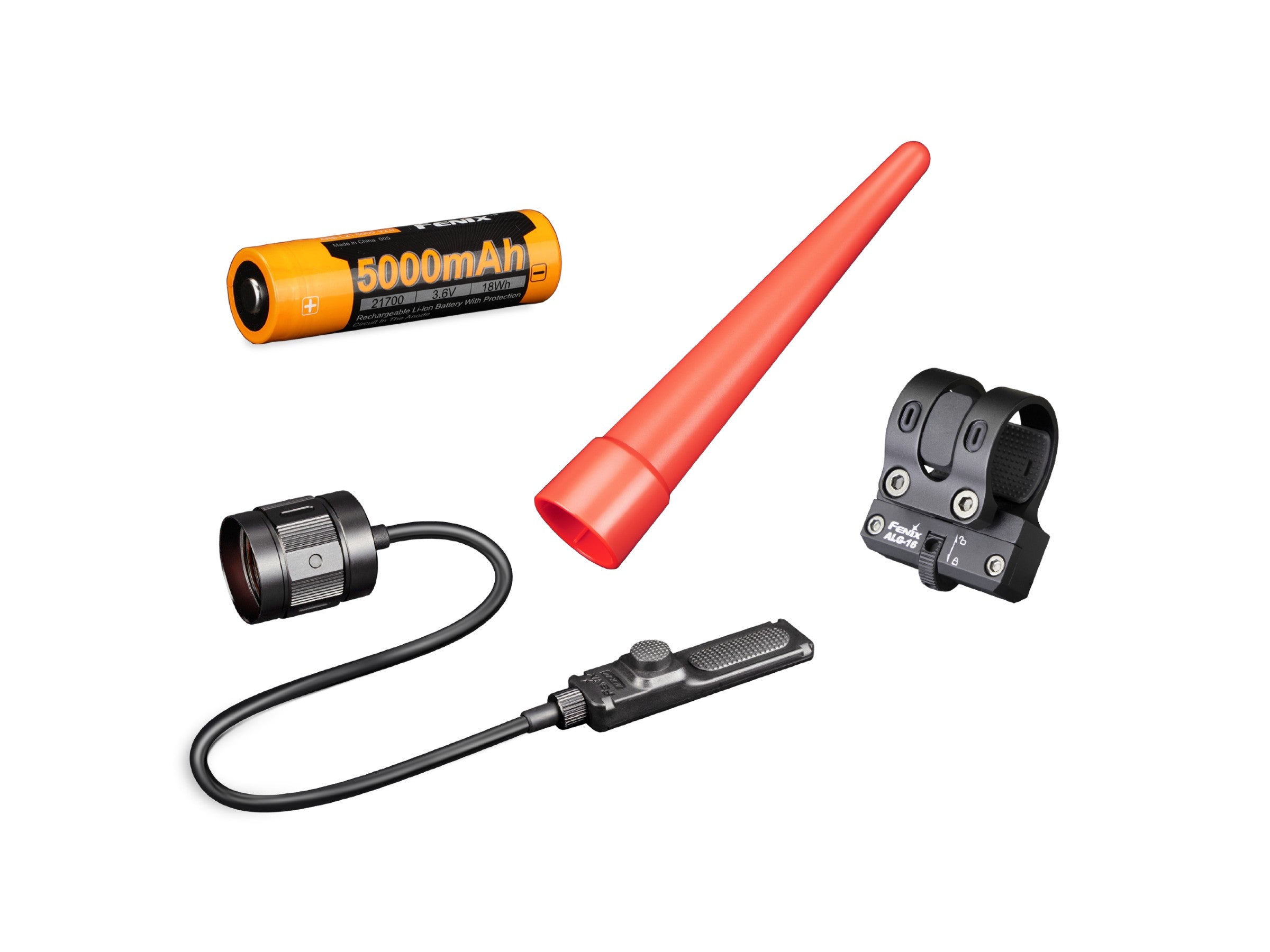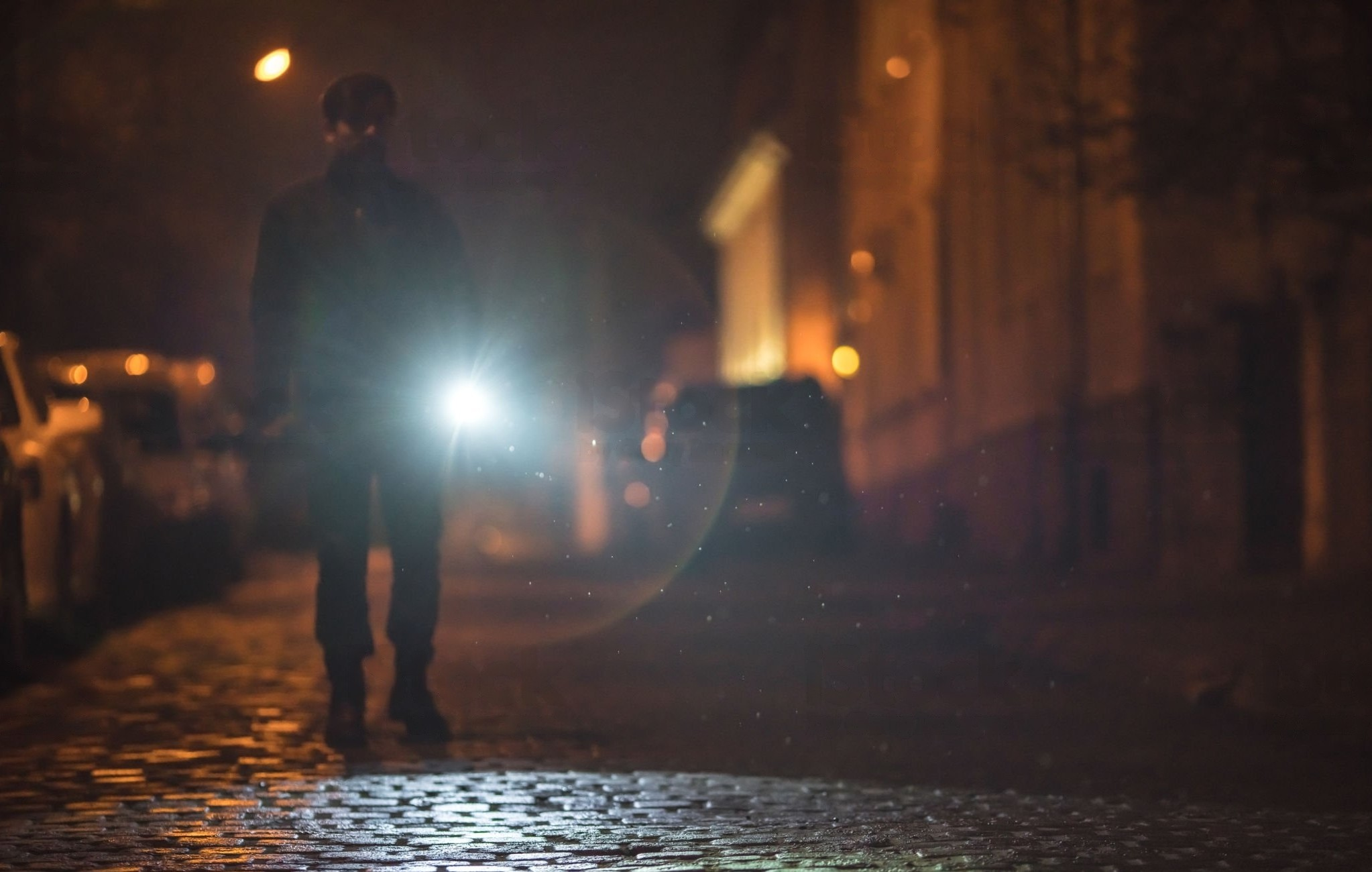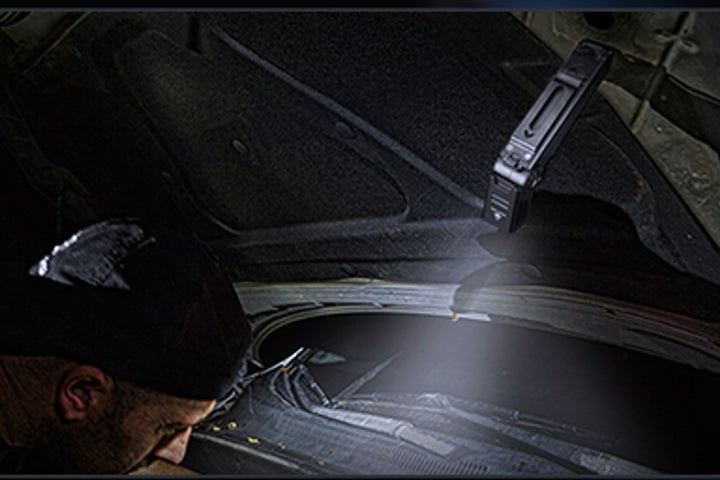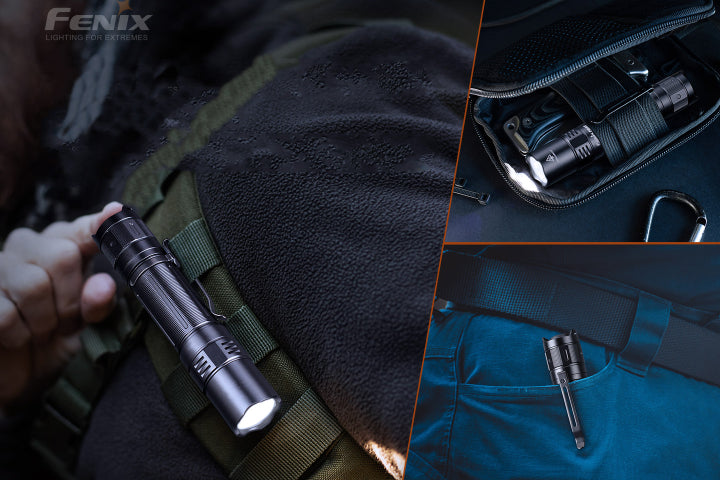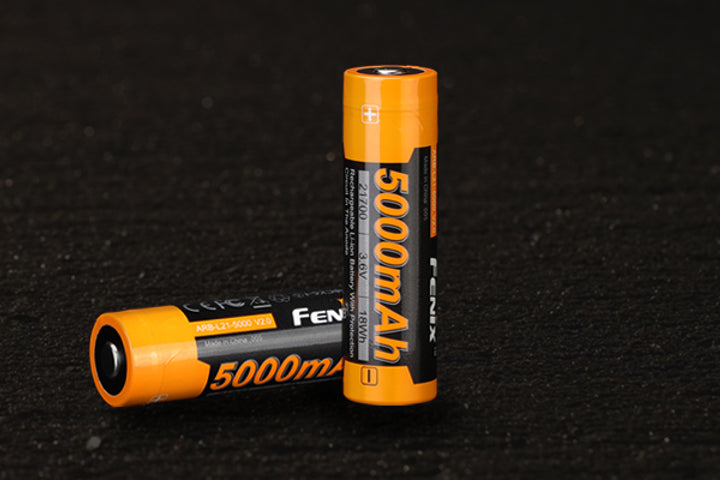
Flashlights are an essential part of home emergency kits or toolboxes, whether they use rechargeable batteries or non-rechargeable batteries. People can use them to navigate dark places in case of power outages or shine a light on whatever we're working on. However, many flashlights are powered by AA batteries, which can be expensive to replace over time. But what about on the other side of the spectrum? Are flashlights with rechargeable batteries any better?
In this article, we'll take a look at the pros, cons, and factors to consider when considering purchasing a flashlight with rechargeable batteries.
The Advantages of Rechargeable Batteries

A Powerful Lighting Tool
Rechargeable lithium batteries have a higher power capacity compared to AA batteries. This process makes them more capable of delivering the required output for high-drain devices like flashlights like rechargeable LED flashlights.
Rechargeable batteries have low inner resistance, making them ideal for a high and constant power flow. On the other hand, alkaline batteries have higher internal resistance, perfect for low-power devices like remotes. When you drain an alkaline battery quickly, like a flashlight, it will heat itself and the device, which can be a major hazard.
A Cheaper Alternative
While it's true that a USB rechargeable flashlight can be more expensive than the battery-operated ones, it can become the cheaper of the two if you consider the long-term costs.
Let's say it costs you $2 to change a battery of a flashlight that needs three pieces of AAA batteries, which gives you about 2.5 hours of light. If you use your flashlight constantly, you'll probably have to change batteries once a week. For a whole year, your battery purchases will be upwards of $100.
Even if you don't use it that much, AA batteries have been known to drain and leak when not in use which can damage the flashlight or leave you without power during a storm
Environmentally- Friendly
While it's true that all kinds of batteries will harm the environment, this can only happen once it's discarded. Rechargeable batteries have longer lifespans than non-rechargeable ones, which are single-use batteries. Thus, rechargeable batteries are a more eco-friendly choice between the two.
The Downsides of Rechargeable Batteries
Bulkier Batteries
While it's true that some rechargeable flashlights are small, most are still bulky to facilitate the bigger batteries. This reason can be a deal breaker, especially for people who use flashlights for work purposes or store them in small drawers for home use.

Electricity is a Requirement
A rechargeable flashlight and rechargeable battery need to be charged for them to be used. With this reason in mind, you can use your flashlight to illuminate pathways or items in case of power outages. Once your rechargeable flashlight runs out of juice in a power outage, you'd be in trouble. If you have a USB rechargeable flashlight or a battery charger, an external power bank might help you out.
More Expensive Than AA
Rechargeable batteries can be a bit more expensive than their AA battery counterparts. However, this is easily offset since single-use batteries will be incrementally more costly in the long run.
Factors to Consider In Choosing A Rechargeable Flashlight
There are many factors that you should consider when deciding to buy a rechargeable flashlight or a flashlight that runs on rechargeable batteries. For those who may not know, a rechargeable flashlight refers to a flashlight you can charge directly usually with a micro-USB or USB-C cable, but some do come with proprietary charging cables. Flashlights that run on rechargeable batteries typically run on lithium-ion or li-polymer batteries, though there are other types of rechargeable batteries.
If you are a person who is in need of a reliable light source for any occasion, you should not overlook the benefits of investing in a rechargeable flashlight.
The market is filled with different types of flashlights, and this can make it difficult to choose the best one for your needs. So you need to consider certain factors to help you choose the best rechargeable flashlight you’ll use.

Lumens
Lumens are how a bulb's brightness is measured. Theoretically, the higher the lumen count, the brighter the light. However, elements like reflector design and lens dictate how far and wide the light is cast. In other words, the luminance with the greatest lumens may not be the brightest.
You won't need as many lumens if you're focusing your rechargeable flashlight's beam on a focused location, such as beneath the hood of your car, as you would if you're lighting up a vast work area. Remember that rechargeable LED flashlights are the brightest when initially turned on but decrease as they warm up.
Capacity
A rechargeable flashlight is only as good as its charge, and it's your responsibility to charge it up. With this in mind, keep in mind how often you'll be using your rechargeable flashlight and what you'll use it for. This reason can help you choose the battery capacity you need.
More portable flashlights can be at 1,000 mAh or below and get drained easily. The best choice would be somewhere around 3,000 mAh. It's also a huge plus for flashlights to have options for different power modes. That way, you can choose between settings that may save you power or give you the amount of light you need.
Elemental Protection Ratings
Most flashlights have an Ingress Protection (IP) rating, which indicates how many solids or liquids can enter the flashlight before it gets issued. The IP indicator has two numbers next to it. The first number is an indicator for solids — 1 stands for objects larger than 50mm, and six means that even dust cannot enter the flashlight.
The next number indicates the flashlight's liquid protection factor. One shows that the flashlight can resist rainfall, and eight are fully submerged in waters deeper than 1 meter for more than half an hour.
Is A Rechargeable Battery For A Flashlight Worth It?
The short of it is that it highly depends on what you're going to use it for. If you're looking for a rechargeable flashlight for professional purposes like in construction-related industries and the like, then a rechargeable flashlight that you can charge before jobs can be a good fit.
However, if you want an emergency flashlight, it won't hurt to have a rechargeable flashlight along with traditional, single-use battery flashlights. Just remember to keep batteries outside of the device to avoid the risk of damage or leakage.
Costs are also a huge factor that comes with choosing a flashlight. Single-use battery flashlights are cheaper upfront, but battery costs pile up over time. A rechargeable flashlight can cost more upfront, but it doesn't need battery changes for significantly longer.
Check out our selection of rechargeable flashlights and take your pick. You can also take a look at our high-quality LED flashlights or our many batteries.





